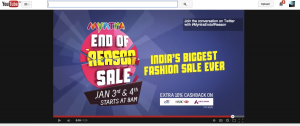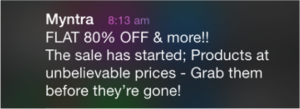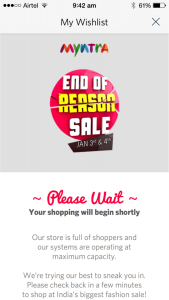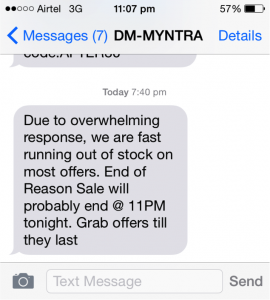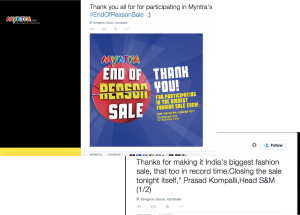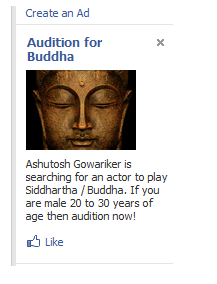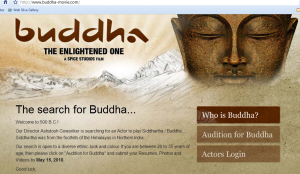
People love connecting with others who share the same tastes, goals, beliefs, lifestyle, social status, locality and even dislikes. Essentially (most) people are on a lookout for new groups to join and satiate their innate desire of belonging, of being a part of something along with others for all sorts of reasons.
Brands are one of the many possible threads that connect people in many ways and it’s not limited to just those who like the same brand of alcohol or the same brand of cigarette but even to kids who like the same brand of candy.
Brands, because of the way they are intertwined in our daily lives offer tremendous ways(even unconsciously) for their customers to connect and luckily for them, people want to connect with the brands they love. They connect to find like minded people, to know more about the brand and their latest offerings, in hope of availing some offers/discounts or just to broadcast their choices to the world. Since the advent of social software , the grouping of people into communities/tribes has peaked a new high.
Ridiculously easy group-forming matters because the desire to be part of a group that shares, cooperates, or acts in concert is a basic human instinct that has always been constrained by transaction costs. Now that group-forming has gone from hard to ridiculously easy, we are seeing an explosion of experiments with new groups and new kinds of groups – Clay Shirky, author of “Here Comes Everybody”
What does all this mean for brands ? Yes, if you are a brand that people love/like and you’d like to take your relationship to the next level then you should also think of having your community.
Here are the top 5 reasons why your brand should have a community.
1) Feedback:
According to me, the most important thing a brand can get from a community is honest feedback. Be it a new product or a new ad campaign, it’s extremely important to know what your customers feel about what you are doing. Forget market research, a community gives you a direct channel to know more about your customers, what are they like and what they like. This can be immensely helpful in improving the existing products and services and building better ones. This group can also be used to beta test a new product/idea.
2) Audience:
Community, means audience that likes your brand and wants to stay connected. A small but focused audience is a lot better than large but unfocused audience. The difference here is that this audience wants to know more about your brand/products/services as much(if not more) as you want to tell them. This means the conversion rates for any campaign here would be higher than that of a campaign aimed at a randomly chosen lot.
3) Brand Image:
Everyone loves a social brand, a brand that’s closely connected with it’s customers scores better over one that isn’t. Having a community around a brand will better the brand image in general and lend more trust and loyalty to it . If a brand is spending resources to build and foster a community it shows that it cares. Cares for its customers and is willing to give them back some love.
4) Buzz:
Will you feel nice if you get a birthday greeting from your favorite brand ?
Will you feel nice if you get a discount offer on the latest product from your favorite brand ?
Will you feel nice if you get a sneak preview about the upcoming range of products from your favorite brand ?
If the answer to any of the above is yes, you are highly likely to talk to your friends(online and offline) about it and that’s how buzz starts to build and spread. The way communities work naturally supports word of mouth. In a group even small things aren’t small. Also, there are other factors associated with a brand’s community that add more credibility and virality to the buzz ,which in turn helps it to spread faster and wider.
5) Crisis Aversion/Management:
Think about it, would things have been a bit better had dominos already been on Twitter or Youtube ? I am sure things would be been better(even though slightly). By having an account on any of these services would have helped them in connecting with a small fraction of their customers who spend considerable time online and if there online interactions with the brand had been good, they would have definitely(on their own) taken on the task of dozing the fire and maybe prevented it from snowballing and this is just a small community on a third party tool.
I am by no means suggesting that every brand should have a community, these points are just to share why I feel it’s important for brands to have communities. What do you think ?
Pic Courtesy: http://www.ccfa.org/
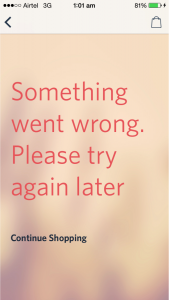 As per Myntra’s twitter account, they were updating the offers
As per Myntra’s twitter account, they were updating the offers